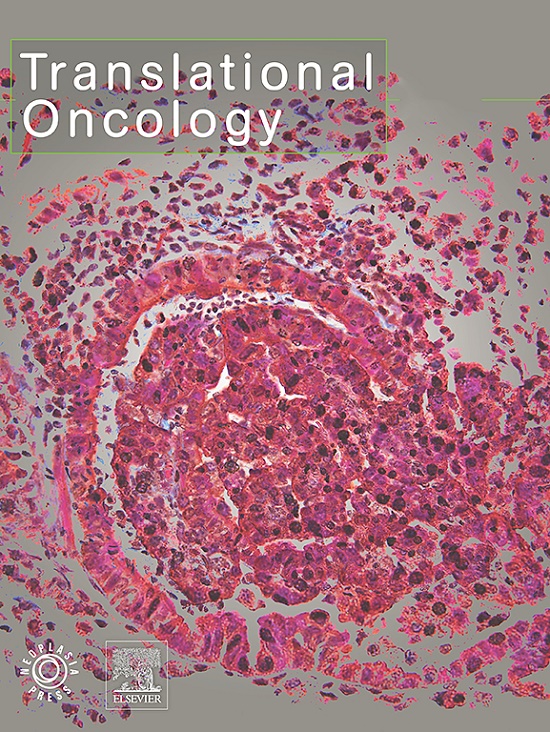Studying breast cancer lung metastasis using a multi-compartment microfluidic device with a mimetic tumor-stroma interaction model
IF 5
2区 医学
Q2 Medicine
引用次数: 0
Abstract
Background
Understanding the mechanisms underlying the metastasis of breast cancer cells to the lungs is challenging, and appropriate simulation of the tumor microenvironment with mimetic cancer-stroma crosstalk is essential. β4 integrin is known to contribute to triggering a variety of different signaling cues involved in the malignant phenotype of cancer but its role in organ-specific metastasis needs further study. In this work, a multi-compartment microfluidic tumor model was developed to evaluate cancer cell invasion.
Materials and methods
To model the primary tumor microenvironment, breast cancer cells (MCF7) and cancer-associated fibroblasts (CAFs) were co-cultured within the tumor compartment of the microfluidic chip while normal lung fibroblasts (NLFs) were seeded in a different compartment, as the secondary tumor site, separated from the tumor compartment via a Matrigel™ layer resembling the extracellular matrix.
Results
The cytotoxic effect of β4 integrin blockade on cancer cells gradually increased after 48 and 72 h of co-culture. Invasion of breast cancer cells in both single and coculture models was characterized in response to β4 integrin blockade. The invasion rate and gap closure of MCF7/CAF_NLF was significantly higher than MCF7_NLF (P < 0.0001). β4 integrin inhibition reduced the rate of gap closure and invasion of both (P < 0.0001).
Conclusions
Biomimetic microfluidic-based tumor models hold promise for studying cancer metastasis mechanisms. Precise manipulation, simulation, and analysis of the cancer microenvironment are made possible by microfluidics.

利用多室微流控装置和模拟肿瘤-基质相互作用模型研究乳腺癌肺转移
背景了解乳腺癌细胞向肺部转移的内在机制是一项挑战,而通过模拟癌症-基质串扰来适当模拟肿瘤微环境是至关重要的。众所周知,β4整合素有助于触发多种不同的信号线索,参与癌症的恶性表型,但它在器官特异性转移中的作用还需要进一步研究。材料与方法为了模拟原发性肿瘤微环境,乳腺癌细胞(MCF7)和癌相关成纤维细胞(CAFs)被共培养在微流控芯片的肿瘤区,而正常肺成纤维细胞(NLFs)被播种在另一个区,作为次要肿瘤部位,通过类似细胞外基质的 Matrigel™ 层与肿瘤区隔开。结果β4整合素阻断对癌细胞的细胞毒性作用在共培养48小时和72小时后逐渐增强。在单个和共培养模型中,乳腺癌细胞的侵袭特征都是对 β4 整合素阻断的反应。MCF7/CAF_NLF 的侵袭率和间隙闭合率明显高于 MCF7_NLF(P < 0.0001)。结论基于微流体的仿生肿瘤模型有望用于研究癌症转移机制。微流控技术使精确操纵、模拟和分析癌症微环境成为可能。
本文章由计算机程序翻译,如有差异,请以英文原文为准。
求助全文
约1分钟内获得全文
求助全文
来源期刊

Translational Oncology
ONCOLOGY-
CiteScore
8.40
自引率
2.00%
发文量
314
审稿时长
54 days
期刊介绍:
Translational Oncology publishes the results of novel research investigations which bridge the laboratory and clinical settings including risk assessment, cellular and molecular characterization, prevention, detection, diagnosis and treatment of human cancers with the overall goal of improving the clinical care of oncology patients. Translational Oncology will publish laboratory studies of novel therapeutic interventions as well as clinical trials which evaluate new treatment paradigms for cancer. Peer reviewed manuscript types include Original Reports, Reviews and Editorials.
 求助内容:
求助内容: 应助结果提醒方式:
应助结果提醒方式:


